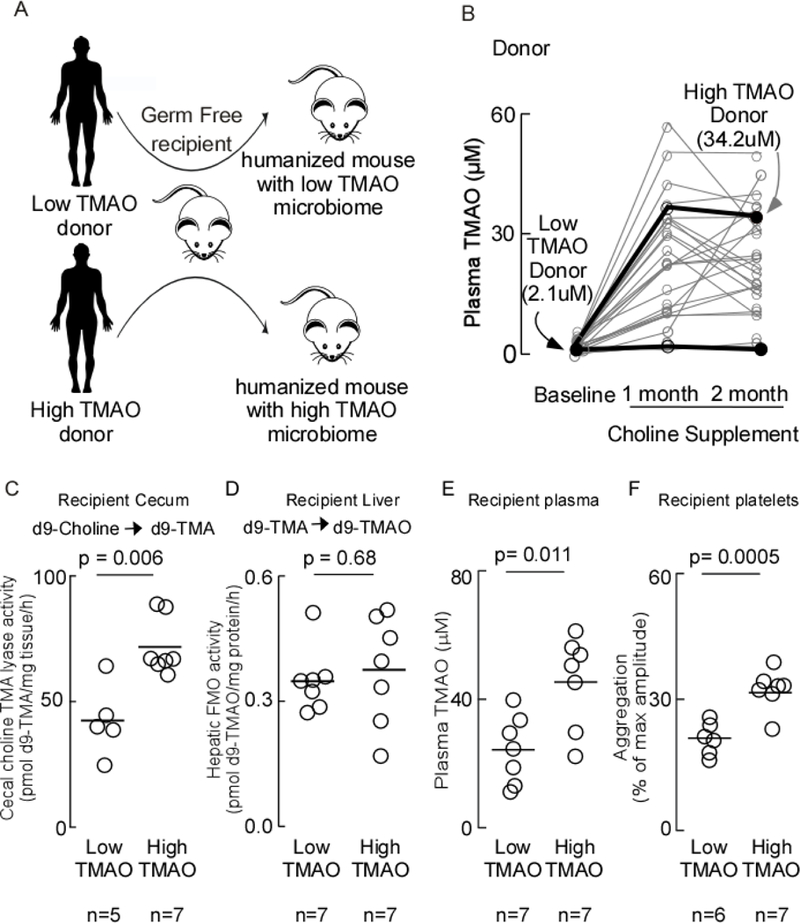Figure 1. Transmission of thrombotic risk phenotypes through human fecal transplant to a germ-free recipient.

A) Scheme illustrating fecal microbial transplant study design. Germ-free C57Bl/6J mice were colonized by oral gavage with a fecal microbial community from B) human subjects with either high or low plasma TMAO levels (donors shown with dark symbols along with corresponding TMAO levels). Recipient mice were maintained on a choline diet. Five days post-transplant, blood was collected, tissues harvested, and C) Cecal choline TMA-lyase activity was measured; D) Hepatic FMO activity was measured; E) plasma TMAO was measured; and F) platelet function was assessed by ex vivo monitoring of aggregation response to sub-maximal ADP (1μM). P-values were determined by two-tailed unpaired t-test with Welch’s correction.
